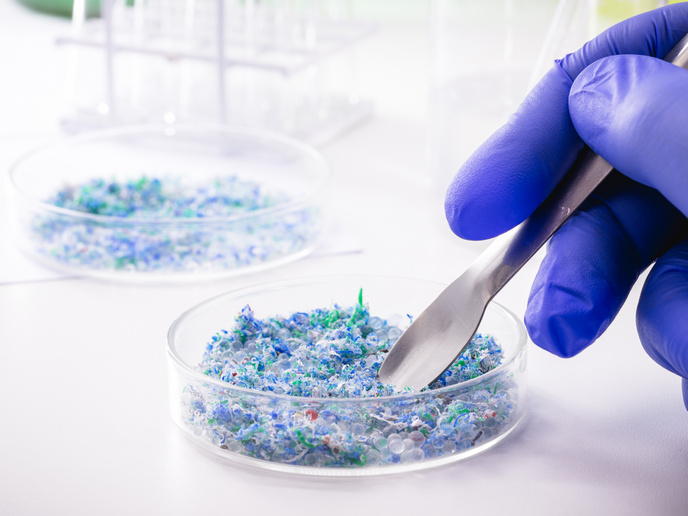Tracking the path of active particles
Movement of bacteria in suspensions are so-called active colloids and are crucial in natural systems such as the gut. Recent research has focused on the synthesis of active colloidal particles capable of self-propulsion. The 'Dynamics of active suspensions' (ACTIVEDYNAMICS) project has completed fascinating research into the movement of both natural active particles (bacteria) as well as synthetic particles. Using differential dynamic microscopy which simply combines a microscope and a camera, the researchers have generated comprehensive dynamical information on the collective motion of suspended particles. Project researchers investigated the dynamics of suspensions of bacteria as a function of bacterial and suspension concentration. A first, they tracked the movement of non-motile bacteria in a bath of motile bacteria in 3D. To study the movement of bacteria in a complex polymeric environment such as the gut, the impact of hydrodynamic flow fields created by the swimming bacteria was incorporated. The result was a quantitative description of the experimental data. Applying the methodology from the swimming bacteria, the scientists looked at other motile living structures such as sperm and algae. On the synthetic front, ACTIVEDYNAMICS looked at self-propelled particles such as active Janus particles. Having surfaces with two or more distinct physical properties, Janus particles can exhibit controlled affinity towards human endothelial cells, for example. Another application is under conditions where there are anisotropic conditions influenced by a magnetic field. One remarkable property of active colloids is dynamic self-assembly where simple building blocks organise into complex functional architectures. Applications range from tunable, self-healing colloidal crystals and membranes to self-assembled microswimmers and robots. The ACTIVEDYNAMICS project has received interest from a wide range of academic science to industrial research institutions.







